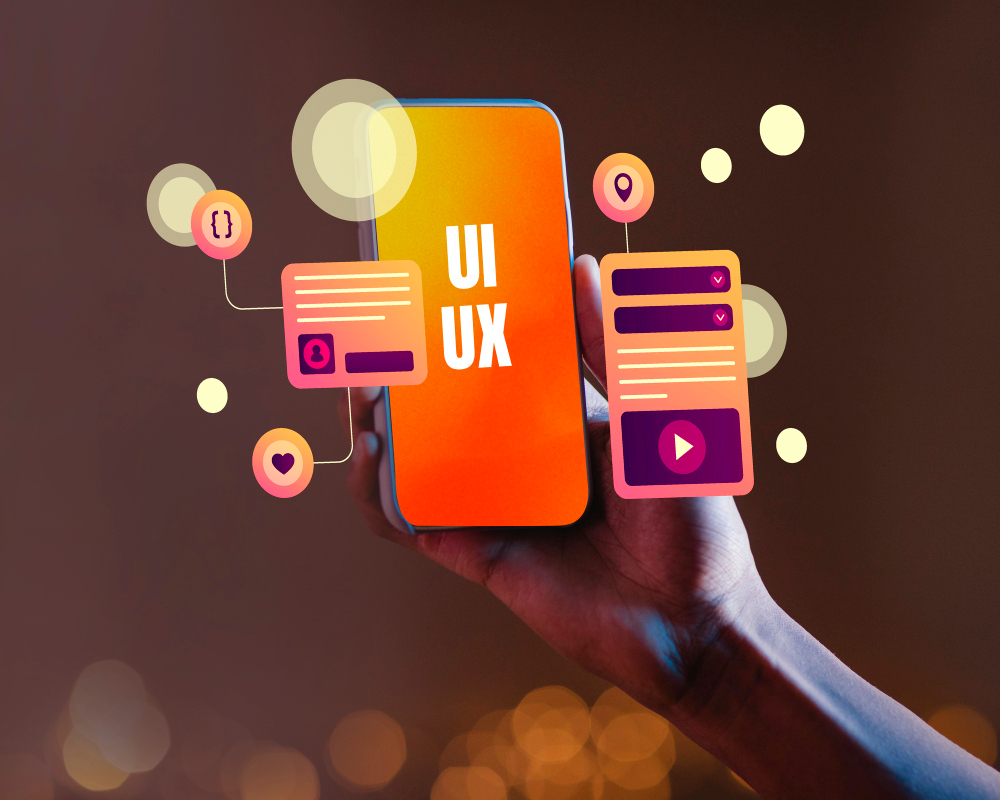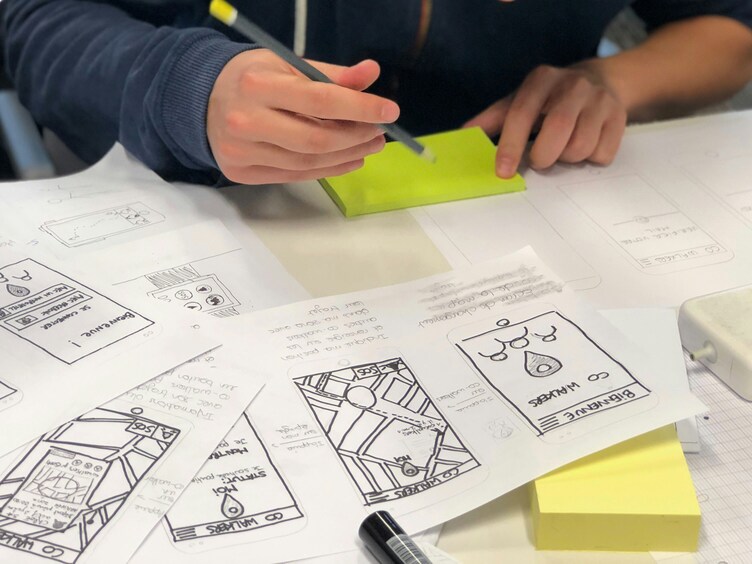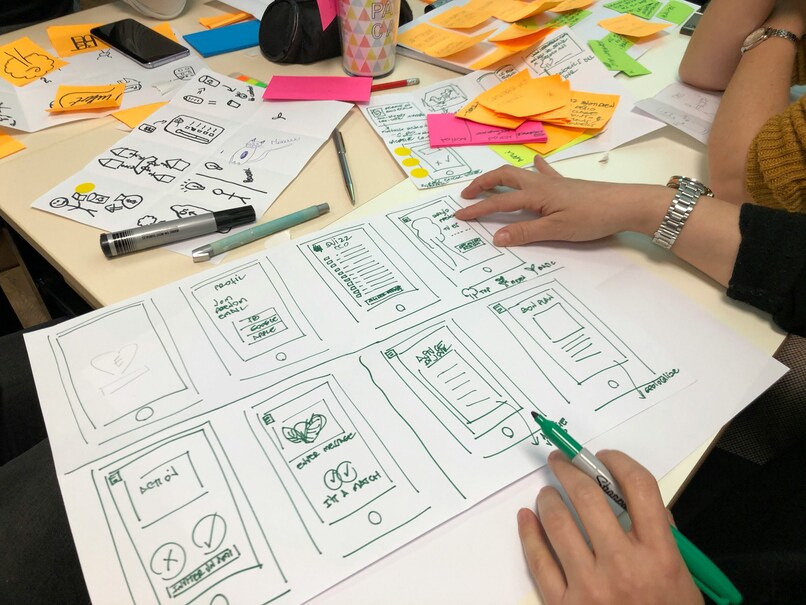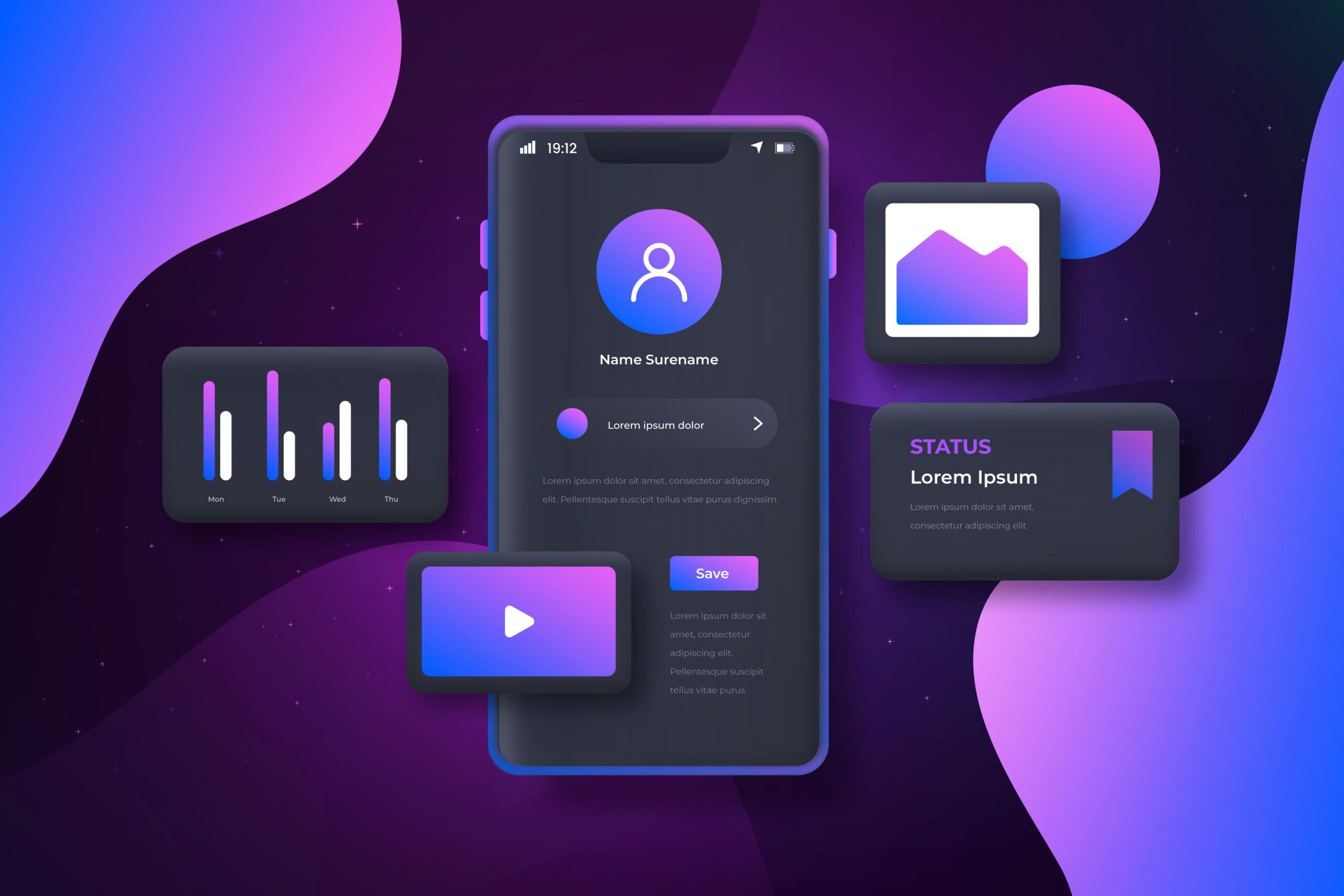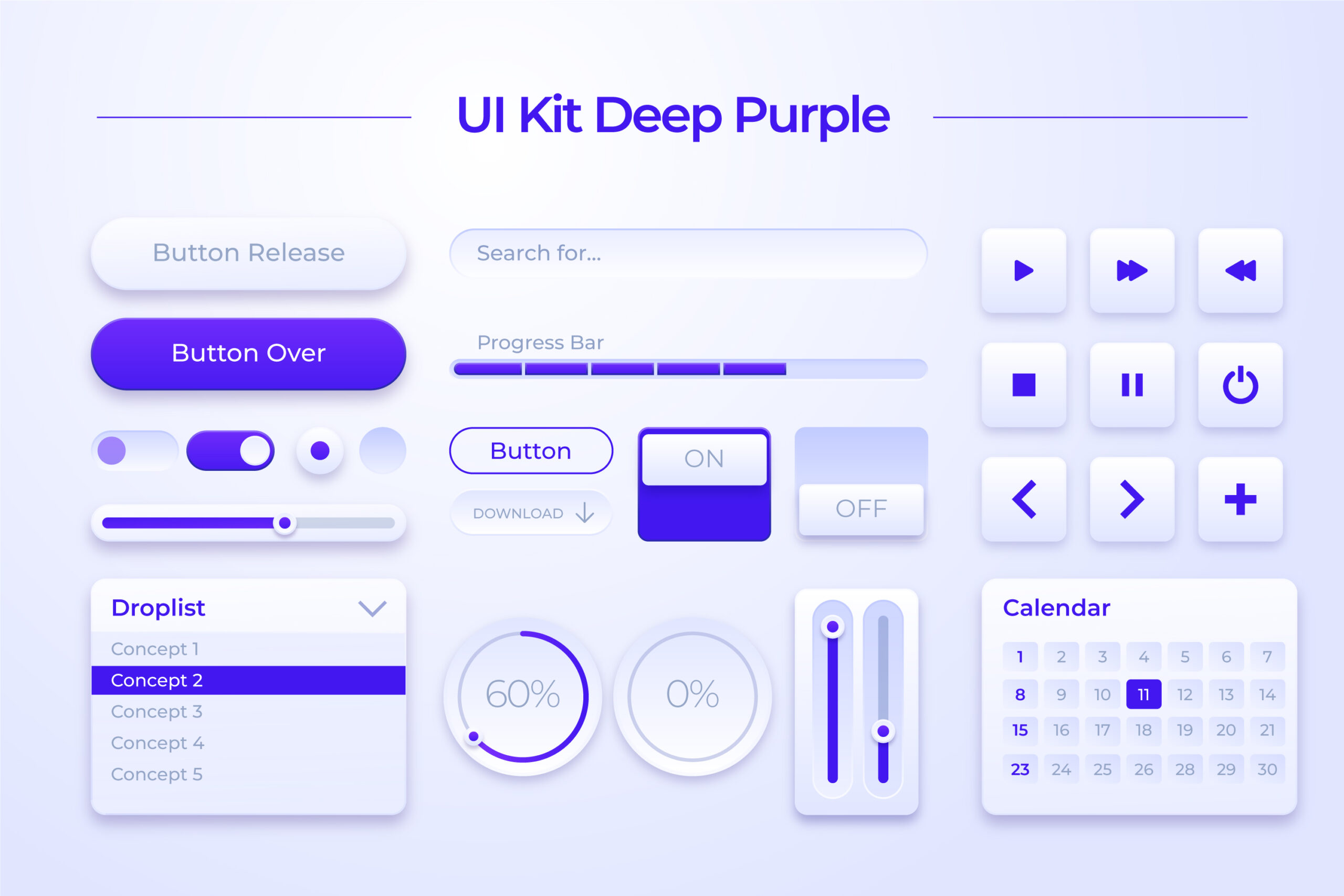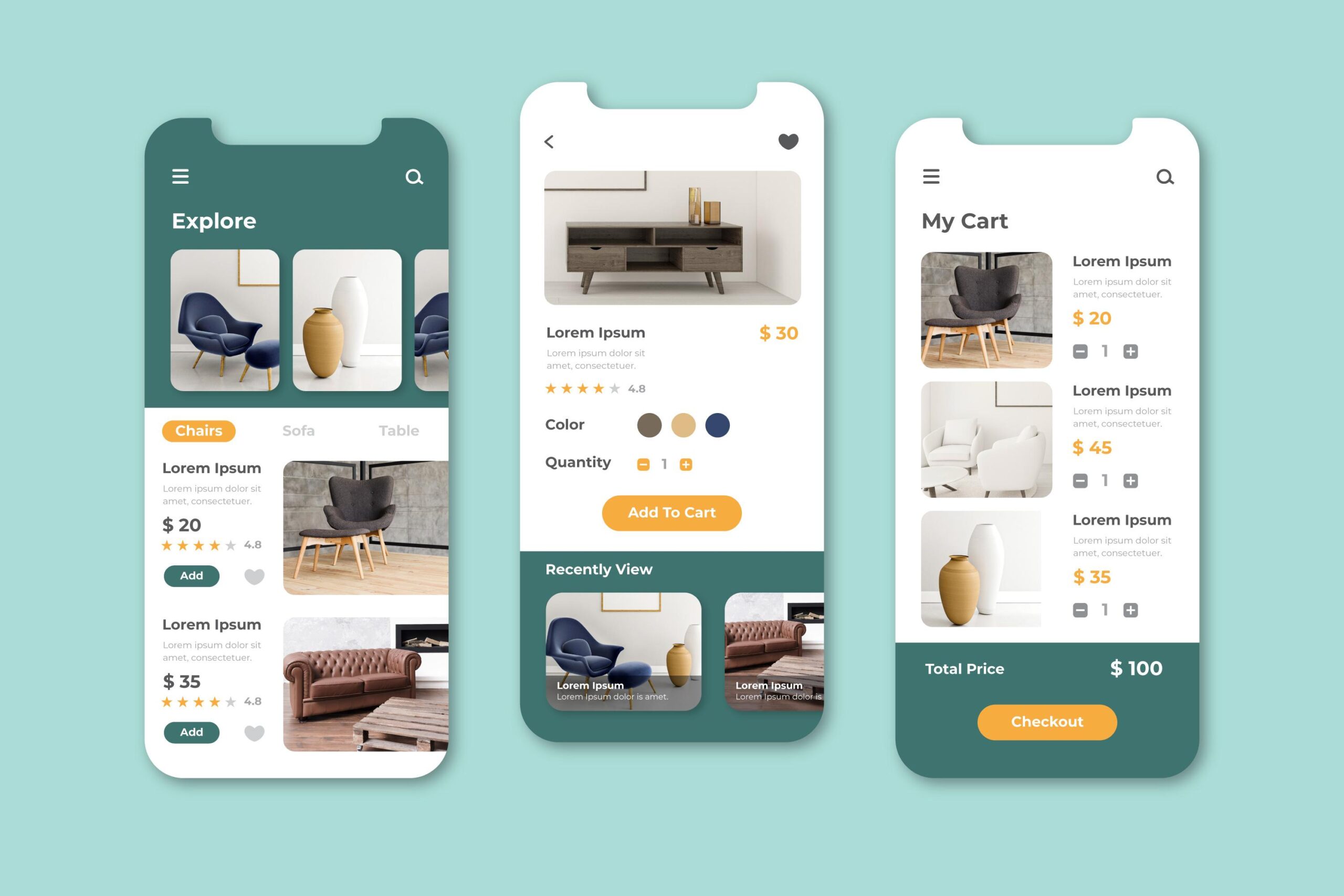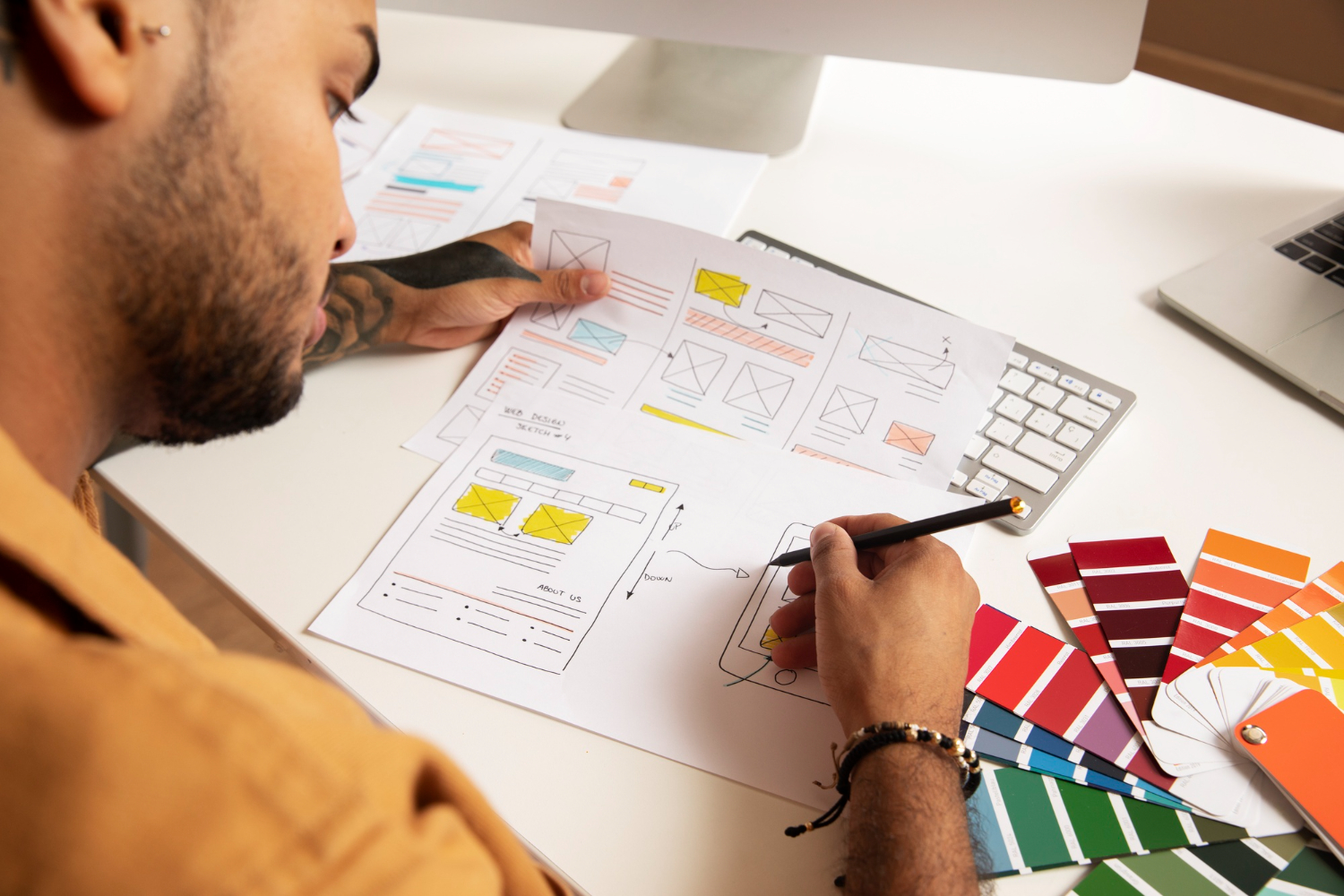
By Manick Mallick | Edited By Hazbyte | Published on 11th Feb 2024
In the dynamic world of UX/UI design, staying ahead of the curve is paramount. As we venture into 2024, a plethora of trends are reshaping the landscape, promising to elevate user experiences to unprecedented heights. From the integration of artificial intelligence to the evolution of typography, let’s delve into the top trends defining UX/UI design in the year ahead.
Table of Contents
-
- AI-integrated Design: Revolutionizing the Design Process
- Cross-Platform UX: Crafting Seamless and Personalized Experiences
- Location-Based UX: Enhancing Convenience and Personalization
- Animated Icons: Bringing Interfaces to Life
- 3D Visual Elements: Elevating Design Realism and Engagement
- Emotionally Intelligent Design: Designing with Empathy and Adaptability
- Focus on Typography: Making a Bold Statement
- Conclusion:
AI-integrated Design: Revolutionizing the Design Process
The fusion of artificial intelligence with design processes is revolutionizing how designers conceptualize and execute their ideas. Tools like ChatGPT and Framer are empowering designers by automating repetitive tasks, allowing them to focus on solving complex problems and fostering creativity. Whether it’s brainstorming design solutions or making data-driven decisions, AI-integrated design is paving the way for more efficient and innovative workflows.
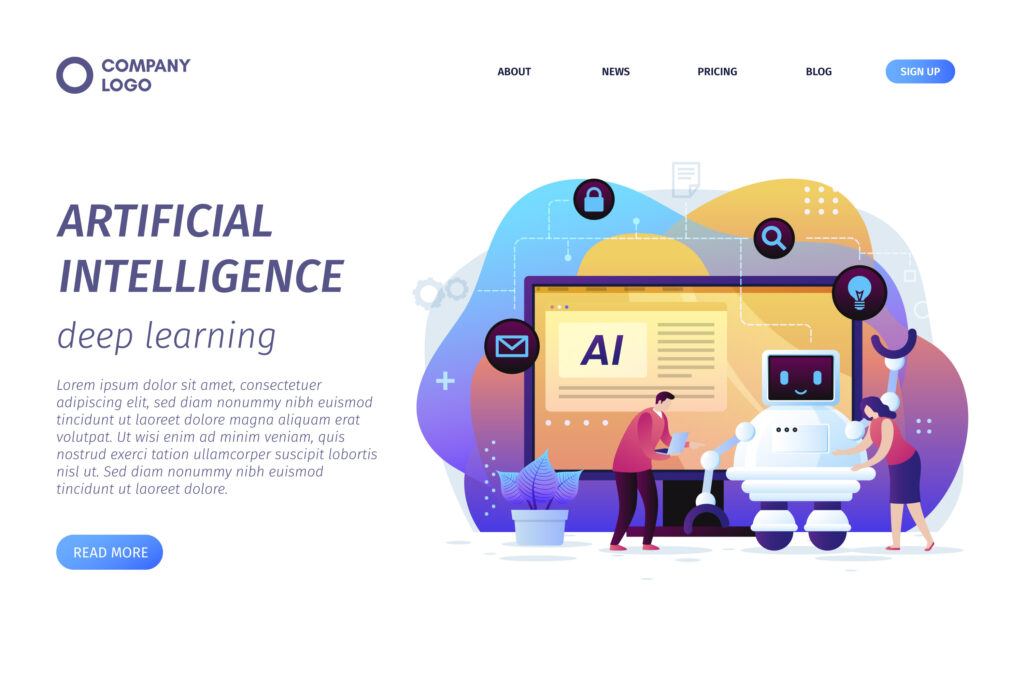
Cross-Platform UX: Crafting Seamless and Personalized Experiences
With users accessing content across a multitude of devices, the importance of cross-platform UX has never been greater. In 2024, we’re witnessing a shift towards personalized experiences that seamlessly adapt to different platforms. Apps like Instagram and YouTube are leading the charge by optimizing their desktop and mobile versions to cater to user preferences, ensuring consistency and relevance across all touchpoints.
Location-Based UX: Enhancing Convenience and Personalization
The rise of location-based experiences is transforming how users interact with digital platforms. By leveraging AI to predict user movements and behaviors, apps can offer personalized recommendations tailored to individual preferences. Whether it’s suggesting nearby restaurants or optimizing public transport routes, location-based UX is redefining convenience and personalization in the digital age.
Animated Icons: Bringing Interfaces to Life
In 2024, animated icons are taking center stage, injecting dynamism and visual interest into interfaces. With the introduction of animated icons in iOS17, designers are exploring new ways to engage users and enhance their overall experience. From subtle animations to more elaborate transitions, animated icons are breathing new life into UI design, creating memorable and immersive interactions.
3D Visual Elements: Elevating Design Realism and Engagement
The incorporation of 3D elements is reshaping how designers visualize data and create immersive experiences. Whether it’s building VR apps or enhancing brand recognition, 3D visual elements are capturing users’ attention and adding depth to interfaces. By leveraging tools like Midjourney, designers are pushing the boundaries of realism and engagement, creating captivating experiences that resonate with users.
Emotionally Intelligent Design: Designing with Empathy and Adaptability
Emotionally intelligent design is gaining traction as designers prioritize empathy and adaptability in their creations. By understanding users’ emotions and anticipating their needs, designers can create products and experiences that resonate on a deeper level. From empathetic error messages to interfaces that adapt to users’ moods, emotionally intelligent design is fostering meaningful connections and enhancing user satisfaction.
Focus on Typography: Making a Bold Statement
Typography is taking center stage in 2024, with designers embracing big, bold, and capitalized text to grab users’ attention. From hero sections to callouts, typography is being used strategically to emphasize key messages and draw users’ attention. Whether it’s reinforcing brand identity or creating a dominant market presence, typography plays a pivotal role in shaping user perceptions and driving engagement.
Conclusion:
As we navigate the ever-evolving landscape of UX/UI design, embracing these trends is essential for staying ahead of the curve. From harnessing the power of AI to crafting emotionally intelligent experiences, the future of UX/UI design in 2024 is defined by innovation, creativity, and a relentless focus on enhancing user experiences. By embracing these trends, designers can create experiences that not only meet but exceed user expectations, setting new standards for digital interaction in the years to come.
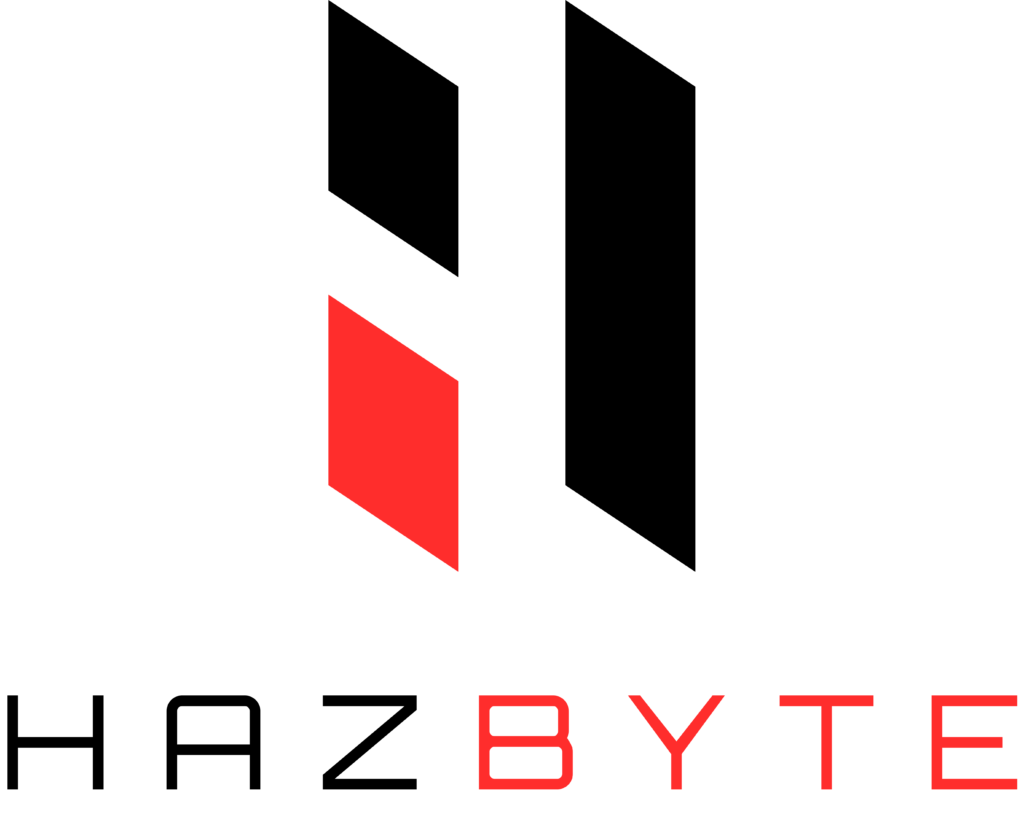
Opting for Hazbyte for authentic AI tools information and reviews is a wise choice for several compelling reasons. Hazbyte stands out as a reliable source, committed to providing unbiased and accurate insights into the ever-expanding landscape of AI tools. The platform employs thorough research methodologies, ensuring that the information presented is up-to-date and reflective of the latest advancements in the field. The reviews on Hazbyte are characterized by their depth and comprehensiveness, offering valuable perspectives on the functionality, usability, and real-world applications of AI tools. The platform’s commitment to transparency and objectivity instills confidence in readers, making it a trustworthy guide for individuals seeking genuine evaluations before making informed decisions. Hazbyte’s dedication to delivering credible and unbiased content establishes it as a go-to resource for those navigating the complex and rapidly evolving realm of AI tools.
